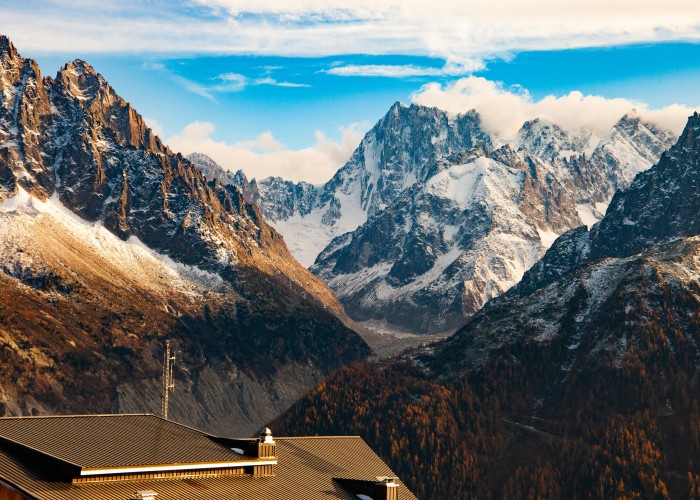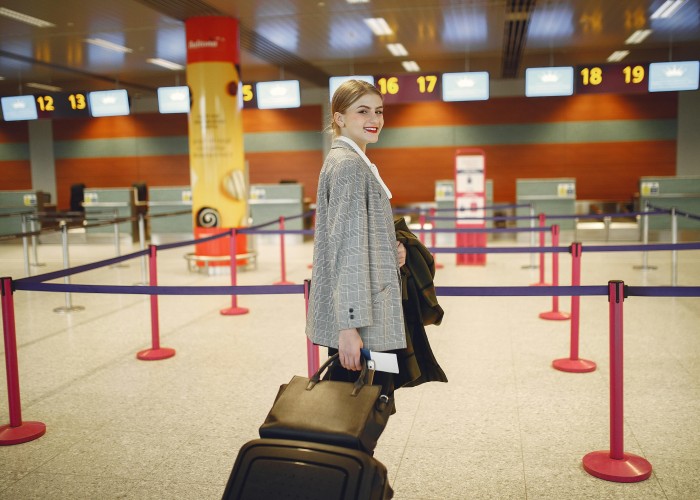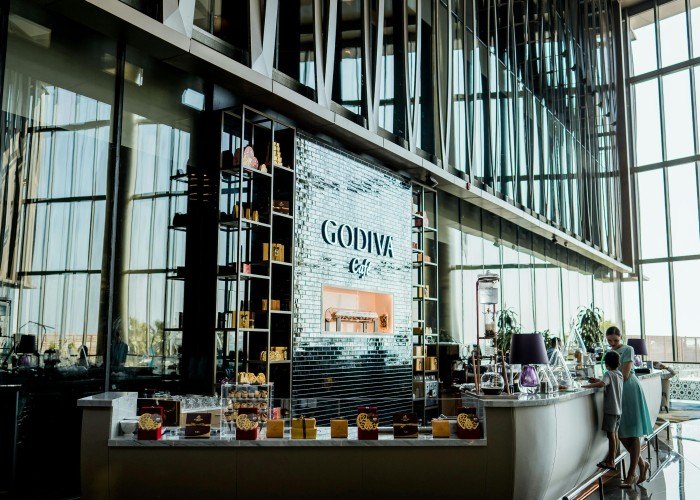The Mont Blanc hut-to-hut trek is one of the most iconic long-distance hikes in Europe. Winding through the Italian and French Alps, this multi-day trail takes you beneath the towering presence of Mont Blanc, Western Europe’s highest mountain. Combining spectacular alpine scenery with charming villages and cozy mountain refuges, it offers an unforgettable trekking experience for global adventurers. Mont Blanc Hut-to-Hut Trek.
Whether you’re a seasoned hiker or new to multi-day trekking, this guide provides everything you need to know to plan your journey—from routes and transport to packing tips and cultural insights.
Overview: What is the Mont Blanc Hut-to-Hut Trek?
The Mont Blanc hut-to-hut trek refers to the Tour du Mont Blanc (TMB) or variations of it, which follow a circular route around the Mont Blanc massif. The trek passes through France, Italy, and Switzerland, but this guide focuses on the Italian and French sections—arguably the most scenic and popular parts.
Why is it famous?
- Panoramic views of glaciers, alpine valleys, and jagged peaks
- Diverse cultural experiences in French and Italian mountain villages
- Well-established network of mountain huts (refuges) for overnight stays
- Opportunities for wildlife sightings and high mountain passes
- Known as one of the best hut-to-hut hikes in the world
Trekking days range from 10 to 20 km, with moderate to steep ascents and descents.
Best Time to Visit
The best months to hike the Mont Blanc hut-to-hut trek are late June to mid-September.
- Late June to early July: Fewer crowds, snow may linger on high passes
- Mid-July to August: Warmest weather, longest daylight, and fully operational huts
- September: Cooler, quieter, and stunning autumn colors begin to show
Avoid October through May: Most huts are closed, and trails are often snow-covered and unsafe without alpine experience.
How to Reach the Trail
By Air
- Geneva Airport (Switzerland): Most common for access to Chamonix (France)
- Turin or Milan airports (Italy): Ideal for accessing Courmayeur, the Italian base
By Train
- France: Take a train to Chamonix-Mont-Blanc via St-Gervais-les-Bains
- Italy: Trains connect to Aosta, with buses to Courmayeur
By Road
- Chamonix and Courmayeur are both accessible by car or long-distance buses
- A tunnel under Mont Blanc connects the two towns in under 30 minutes by vehicle
Entry Fees and Permits
- No permits are required to hike the trail if you’re sticking to marked paths
- Entry into Parc National des Écrins or Parco Nazionale del Gran Paradiso (in nearby areas) may have local guidelines but no entry fees
- For the hut-to-hut trek, only hut reservations are essential—some require a small deposit at booking
Note: Policies and fees can vary year to year and are subject to change.
Food Availability and Meal Options
The food is a highlight of this trek.
In Mountain Huts (Refuges)
- Most huts provide half-board: breakfast and dinner
- Meals include hot soups, pastas, cheese, bread, local meat dishes, and desserts
- Packed lunches are available for purchase the night before
- Vegetarian options are typically available with prior notice
In Towns and Villages
- Chamonix and Courmayeur have supermarkets, bakeries, cafes, and restaurants
- Stock up on energy bars, dried fruit, and trail snacks before you start
Tip: Carry some high-calorie snacks for energy between hut stops, especially on longer hiking days. Mont Blanc Hut-to-Hut Trek.
Packing List and Essentials
Clothing
- Base layers (moisture-wicking)
- Fleece or insulated jacket
- Waterproof and windproof shell
- Lightweight trekking pants
- Hat, gloves, and sunglasses (high UV exposure)
- Extra socks and underwear
Footwear and Gear
- Well-broken-in hiking boots (ankle support recommended)
- Trekking poles (helpful on descents)
- Backpack (30–40 L) with rain cover
- Sleeping liner (required in huts)
- Water bottles or hydration bladder
- First-aid kit and personal medications
Extras
- Sunscreen and lip balm
- Headlamp or flashlight
- Power bank (charging may not be available in all huts)
- Reusable utensils and a light towel
- Map and compass or GPS (and offline maps)
Safety Tips and Local Regulations
- Weather changes quickly—always check the forecast before setting out
- Stay on marked trails—Mont Blanc terrain can be dangerous off-route
- Inform someone of your route—especially if trekking alone
- Carry cash—not all huts accept credit cards
- No wild camping is allowed in many sections of the trail
- Avoid hiking during storms—some passes are exposed and slippery. Mont Blanc Hut-to-Hut Trek.
Tips for Beginners or First-Time Visitors
- Train ahead of time—you’ll be hiking for 6 to 8 hours daily on uneven terrain
- Start with shorter sections—some travelers do the trek over 4–6 days instead of the full loop
- Book huts early—especially for July and August, when spaces fill quickly
- Get an early start each day—to beat afternoon storms and get a good bunk
- Pack light but smart—you’ll be carrying your gear for multiple days
Local Customs and Cultural Etiquette
- Greet people with “Bonjour” in France and “Buongiorno” in Italy
- Remove boots before entering huts; indoor shoes are usually provided
- Be quiet in shared dorms—lights out is usually around 9–10 p.m.
- Help with tidying communal areas; hut staff appreciate it
- Don’t litter—carry out all trash or dispose of it at designated locations
- Tip staff if the service was helpful (small change or rounding up bills is fine)
FAQ
How long is the Mont Blanc hut-to-hut trek?
The full Tour du Mont Blanc is about 170 km (105 miles). The Italian and French sections cover roughly 100–120 km, depending on your chosen route.
What is the difficulty level?
Moderate to challenging. Daily hikes range from 6 to 9 hours, with steep ascents and descents. Good fitness and some trekking experience are recommended.
What is the highest altitude?
The Col des Fours (France) and Grand Col Ferret (Italy) reach up to 2,500–2,600 meters (8,200–8,500 feet).
Are toilets available?
Yes. Refuges have basic toilets (some are shared). On the trail, facilities are limited—carry tissue and follow Leave No Trace guidelines.
Do I need a guide?
Not required. The trail is well-marked. Still, less experienced trekkers may benefit from joining a guided group. Mont Blanc Hut-to-Hut Trek.
Is drinking water available?
Yes, most huts provide potable water. You can also refill from mountain streams, but using purification tablets is recommended.
Can I charge devices in huts?
Some huts offer limited charging via shared outlets. Carry a power bank just in case.
What’s the best direction to hike?
Most hikers go counter-clockwise, starting in Chamonix or Courmayeur, though both directions are manageable.
Can I do just the French or Italian part?
Absolutely. Many trekkers focus on either side of the route, often completing a 4 to 6-day section.
Are dogs allowed?
Dogs are generally not allowed in huts and may not be suited for high alpine terrain. Rules vary by hut and region.
Related High-Search FAQs (AI SEO Support)
- What is the Mont Blanc trek difficulty?
- How long is the Tour du Mont Blanc?
- Best time to hike Mont Blanc trail?
- Are reservations required for Mont Blanc huts?
- What to pack for the Mont Blanc trek?
- Where to start the Mont Blanc trek?
- Can beginners hike the Mont Blanc trail?
- How much does the Mont Blanc trek cost?
- Is Mont Blanc hike safe in September?
- What is the highest point of Mont Blanc trek?
Final Thoughts
The Mont Blanc hut-to-hut trek through the Italian and French Alps is more than a hiking challenge—it’s a cultural journey, a visual feast, and a physical reset. With its seamless blend of natural beauty and traditional hospitality, it’s no surprise that thousands of global trekkers return year after year. Mont Blanc Hut-to-Hut Trek.






Leave a Reply